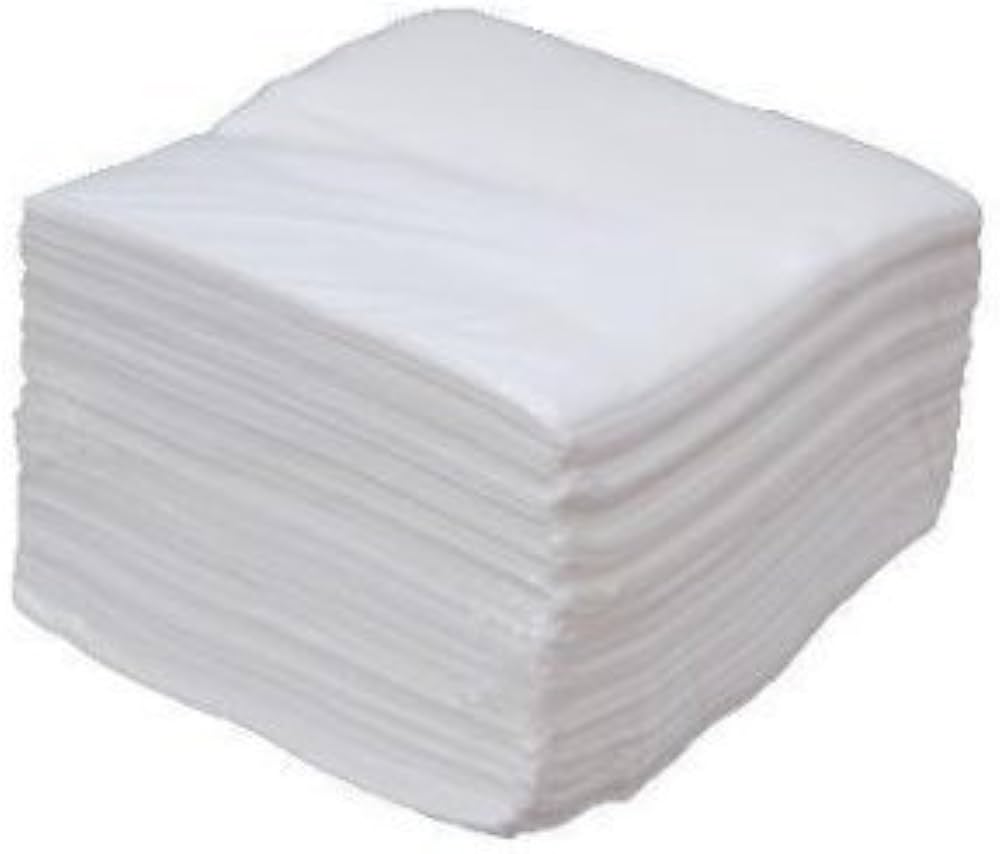Tissue paper, a seemingly innocuous product, has quietly woven itself into the fabric of our daily lives. From wiping away spills to comforting us with its soft touch, tissue paper plays an indispensable role. However, it’s crucial to delve beyond its immediate utility and explore the broader implications of its production and usage on the environment. In this blog, we’ll unravel the environmental impact of tissue paper, shedding light on its journey from raw materials to disposal, and highlighting ways we can make more sustainable choices.
The foundation of tissue paper lies in the trees that provide its pulp. While some brands use responsibly sourced and certified sustainable wood, others contribute to deforestation, habitat loss, and disruption of ecosystems. Opting for tissue paper brands committed to sustainable forestry practices can help preserve biodiversity and mitigate environmental harm.
Latest Articles Updated Daily
The manufacturing process of tissue paper is energy and water-intensive. The pulping, bleaching, and drying stages require significant amounts of resources, contributing to greenhouse gas emissions and water pollution.
The bleaching process, which gives tissue paper its characteristic whiteness, involves the use of chemicals that can lead to water pollution and the release of harmful substances. Brands that prioritize eco-friendly bleaching methods or use alternative materials, like recycled fibers, contribute to reducing pollution and conserving resources.
Our Personal Approach
The loss of forests due to unsustainable logging for pulp production contributes to the release of stored carbon dioxide into the atmosphere. This exacerbates climate change, impacting weather patterns and ecosystems.




